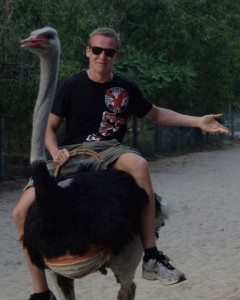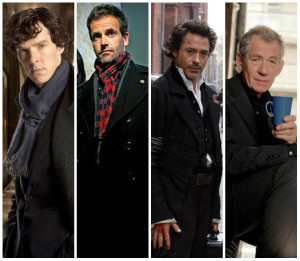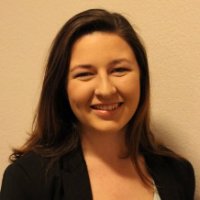by Carey Spence
I first started working as the Professional Writing & Rhetoric major’s social media intern in September. In order to become acclimated to the role, my initial work included familiarizing myself with the website, CUPID blog, and the social media. Because Professional Writing and Rhetoric just recently became its own major separate from the English major, I needed to understand all that this switch entailed. After acclimating myself with the tone and overall brand the major embodies, I then needed to make a plan for the content I wanted to create and share. After meetings with Dr. Li and Dr. Pope-Ruark, as well as communicating with the previous intern, I had a plan in place to effectively communicate as the Professional Writing intern.
What I Did
My overarching plan for the Professional Writing and Rhetoric department’s social media was to focus on engagement. While there was already content on both the Twitter and Instagram accounts, engagement was not very high. However, after meeting with Dr. Pope-Ruark, we decided that the main focus should be on the Twitter account. With this in mind, my research for content was strategically informed. I wanted to share information that was useful to my audience, with the goal of getting more engagement on tweets — retweets, comments, and likes — and moreover, expanding the account’s reach.
One of the ways I focused on engagement with the Twitter account was by tweeting at different departments. The purpose of this was to establish relationships with these other departments so that they would retweet the content I was pushing. I emphasized the Professional Writing and Rhetoric program as a major that supplements other majors such as business majors and liberal arts majors.
In this regard, I also placed a lot of emphasis on the benefits of the program. Many Elon students have never even heard of Professional Writing and Rhetoric, and therefore don’t know much about the program. I tweeted articles about the importance of writing and communication skills and snippets from the website that promote this program as applicable to all career paths. Everyone needs to learn how to effectively communicate, so why not become an expert?
For the overarching theme of engagement, one of the ideas for content I had was to reach out to alumni in order to get testimonials for both Instagram and Twitter, as well as for the CUPID blog. While it’s nice for me to say that the Professional Writing and Rhetoric program is beneficial to any career, it means a lot more to hear it from people who are actually in the workforce, putting these skills to use. Including testimonials from alumni builds the program’s overall ethos.
My Advice
My main advice for future interns, both in this position specifically and for interns in general, is to come into any task with a specific plan. Coming up with content for the social media could have been a daunting task, but when I planned out how I wanted to approach the week, or even just that specific day, it was easier for me to think back on my goal (increasing engagement) and make decisions strategically.
Another piece of advice when it comes to social media specifically is to remember the social aspect. If I wanted other people and accounts to interact and engage with the content I was producing, I had to be willing to do that myself. Just liking photos on Instagram from other accounts went a long way in increasing engagement. I also found that retweeting other departments’ tweets made them more likely to retweet mine. In fact, just liking other accounts’ tweets led to an alumni sending me content that she thought my audience would want to see, making my job easier. Thinking strategically and building relationships are my two key pieces of advice when communicating.
Carey Spence is the 2018-2019 social media intern for Professional Writing & Rhetoric. Carey is double majoring in English Literature and Strategic Communications, with a minor in Professional Writing.


 “PWR has taught me the power of rhetoric as a tool for enacting change in the world, as well as the need to lead future authors by example towards an ethical relationship with rhetoric.”
“PWR has taught me the power of rhetoric as a tool for enacting change in the world, as well as the need to lead future authors by example towards an ethical relationship with rhetoric.”







